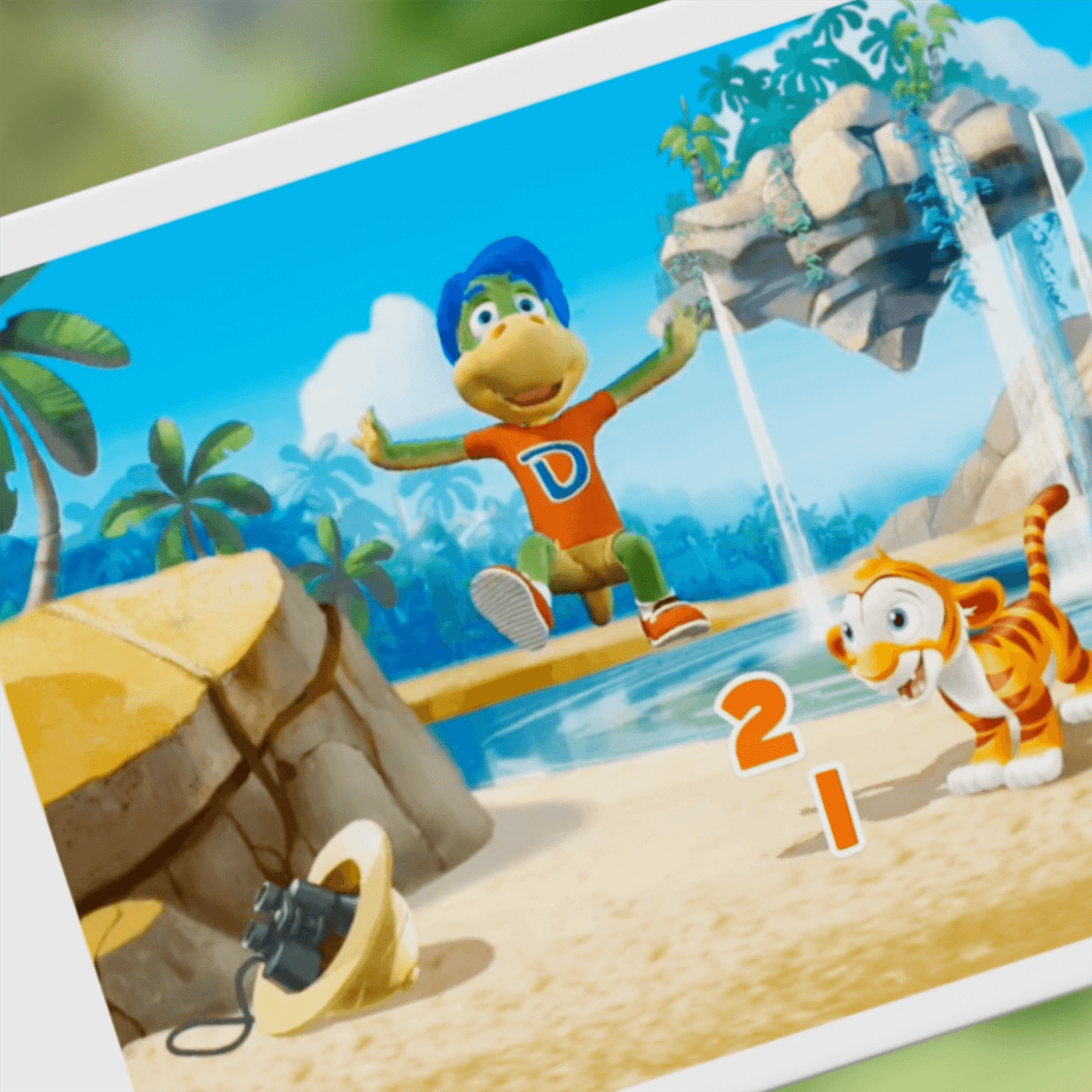What is better: a website or an app?
You have a fantastic business idea and want to have the greatest possible presence on the internet, but you don’t know what is better: to invest in the development of a website or an app?
If you find yourself in this situation, you should first analyze a series of points that will define, according to your needs and those of your target audience, whether your business will work better with a website or a mobile application.
These are the main points to analyze:
- Target audience
- Competition
- Business objective
- Budget
1. Target audience
First, you should know your target audience very well and how they behave digitally. Research, conduct interviews, surveys, and use studies or behavioral analytics to answer the following questions:
- What type of interaction does your target audience have with different devices?
It is possible that your target audience, depending on their demographic profile, interacts with two or more types of devices throughout the day. Your task will be to find out which ones they are and the time or percentage of use for each of them.
- How does each device get used?
Once you have identified your target audience’s preferred devices, you should investigate how they use each one and analyze which of these behaviors aligns best with your business.
- Where could they interact more with your product or service?
You should consider where your audience would use your solution or that of your competitor, as this could affect connectivity or even the visibility format of your solution.
- When and how often?
There are products that are used or consulted frequently, such as monthly, seasonally, and others that are used on a daily basis.
2. Competition
Although you shouldn’t focus on and copy what your direct and indirect competitors do, they can provide insights or ideas to improve your service and even enhance what they offer.
Ask yourself why each company offers the solutions it has, and you may find a new approach for your project—a gap that others do not cover.
Another piece of advice is to look at user comments. If it is an app, you can check the reviews and make your own list of features that users request or that would make their experience easier. For a website, you can visit the FAQs and the company’s social media to see what users are saying.
3. Business objective
You now have the market research and know exactly what your competition is doing. Now it’s time to think about your objective and how you want to approach your business to provide added value that others do not have.
What benefits can you offer that will make users choose you over others? Let’s start by defining the customer journey that your user will take from the moment they access your solution, keeping the following factors in mind:
- If your business is focused on a need that the user has while they are on their way to a location or away from work and/or home, they may need to use data or might not have internet access at all. If your user is not local and is a foreigner, it is likely that they will use roaming, so an offline solution could be the most suitable. In this case, you could consider using an app that offers services without internet connectivity.
- Should it provide real-time notifications? If your business offers a service that users need to stay updated on in real time, the best solution would be an application that allows for push notifications. If a messaging service or deliveries are necessary, you should also consider incorporating geolocation with the delivery personnel.
- Regarding geolocation, there are other aspects that may be of interest to you. Can your user receive varied information depending on their location? If your answer is yes, you can offer this functionality more precisely in an app.
- How often will they use the solution? If your offering is more like a social network, a calendar, or a notepad, for example, it is very likely that the frequency of use will be high. Therefore, having an app that they can carry with them to update whenever necessary will be much better than having to search for the website URL each time they use it.
- If your solution requires experiential functionalities such as a camera, gyroscope, augmented reality, virtual reality, or sensors, you should opt for an application.
If you have combined functionalities from the ones we have mentioned above, it would be best to consult with your trusted IT and Marketing team to confirm that everything aligns with your objectives and is feasible for your preferred solution.
4. Budget
Do you have all the functionalities and objectives prepared for your solution? It’s time to talk about money.
Obviously, the budget will not be the same if you choose to develop a website or a mobile application. It is most common for app development to consider compatibility with both iOS and Android to reach a larger market, unless your project is focused on a very specific niche or sector that only uses one operating system.
Now that you know the exact points to make a final decision, it’s your turn to analyze them with your business. One recommendation we always make is that, regardless of the solution you choose, if you cannot afford it from the start, we suggest planning a phased rollout calendar with your IT team, where you can launch a basic version of your solution and gradually expand its functionalities to meet your objective.
This approach will allow you not only to plan your budget over several months but also to observe how users interact with the application or website. Based on the results, you can make decisions for the next phases.

